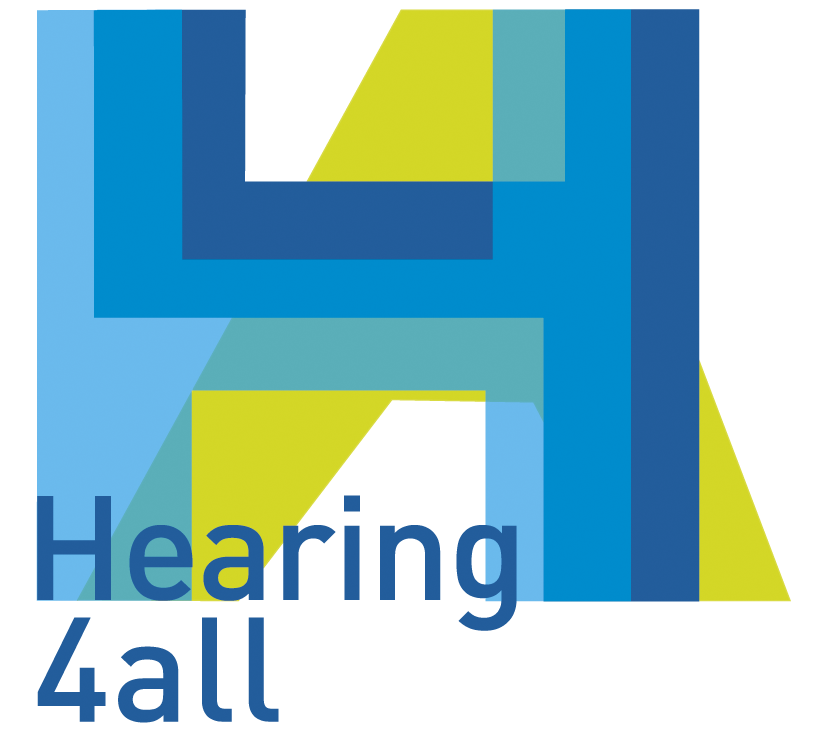Hearing loss and compensation throughout the lifespan
Extensive central adaptations are observed in the complete absence of auditory input, such as in congenital or sudden hearing loss and after CI stimulation. These involve central auditory representations of sensory inputs, including adaptations in cochleotopy, dynamic range, central response thresholds, temporal processing, processing of binaural cues, aural preference, and crossmodal reorganization both in animals and man. The ability to learn to process the artificial electrical input of the CI is of cardinal importance for recovery and development of sensory function and communication ability in both young and elderly subjects. It is still unknown which adaptive changes are beneficial or detrimental for the outcome of neurosensory restoration, whether and how they can be reversed, and whether similar principles apply to less severe hearing loss as observed with ageing. In several tightly interlinked projects it is the aim to study central adaptation in complete and partial hearing loss in animal and man focusing on changes in functional and structural connectivity within and beyond the auditory cortex.








